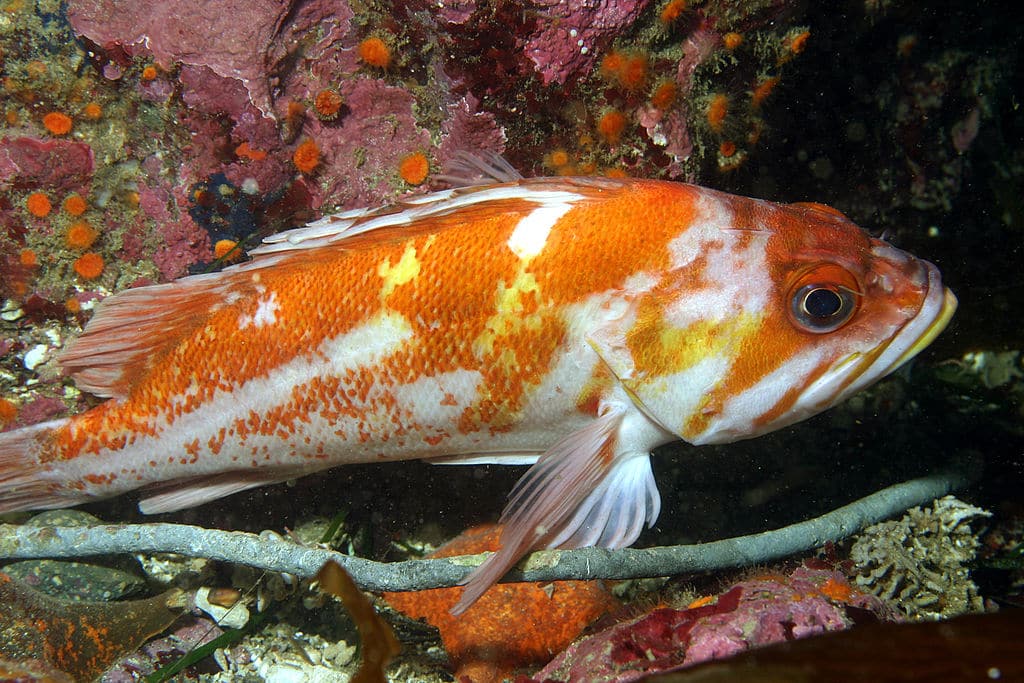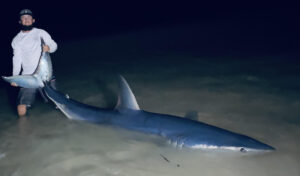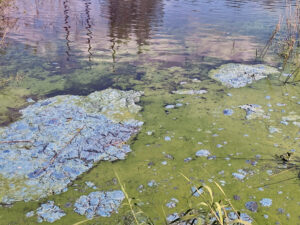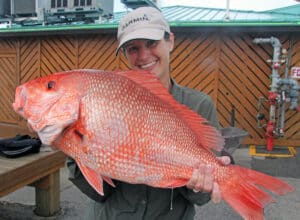
Mercury Found in High Levels in California Ocean Fish
Findings from a study of contaminants in fish caught off the central and northern California coasts show that methylmercury, a toxin that damages the nervous system of humans, was found in high concentrations in more than a third of the locations that researchers sampled, according to report this week in the San Mateo County Times.
The report, released May 22 by the state’s water quality agency, yields new information for anglers and consumers on which species of fish tend to accumulate the substance. It also indicated that older, predatory fish have higher levels of methylmercury regardless of where they are caught. Seven species popular with recreational fishermen had high concentrations of methylmercury: leopard sharks, brown smoothhound sharks, spiny dogfish, copper rockfish, rosy rockfish, china rockfish and striped bass, according to the newspaper website.
Children and pregnant women should not eat any of these fish, the state report says. The analysis also found a higher rate of contamination in fish caught on the northern coast than those caught in the San Francisco Bay area. Since there are no significant sources of mercury pollution to the north, the findings indicate that faraway sources can affect local fish, said Jay Davis, leader of the study produced by the Surface Water Ambient Monitoring Program of the California Water Resources Control Board.
“It suggests there’s enough mercury coming into these aquatic ecosystems from global sources in the atmosphere to drive significant accumulations in the species that are prone to high accumulations,” said Davis, who is also the senior scientist with the San Francisco Estuary Institute. The higher rates to the north are also due to the age and types of fish caught there. They tended to be longer-lived predators, and mercury levels increase with age and among fish higher up the food chain, the San Mateo County Times website reports.
Methylmercury is produced by bacteria that convert mercury pollution, from sources including gold mines and coal-burning power plants, into an organic form. Children are particularly vulnerable to the toxin, and so the California Office of Environmental Health Hazard Assessment recommends limitations on eating certain species of fish for children and pregnant women.
The study found that 37 percent of the 68 locations where fish were sampled along the coast produced at least one species with high concentrations of methylmercury. The study also measured polychlorinated biphenyls, or PCBs, and other toxins. Just 7 percent of the sites where fish were sampled had a species in the high-contamination category for PCBs. San Francisco Bay and San Diego Bay were among them, the paper reports.








